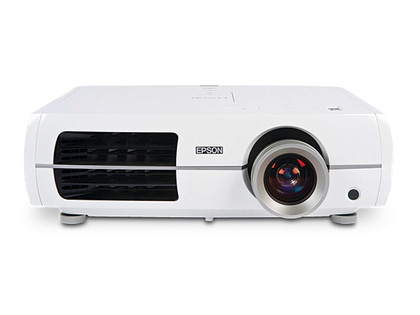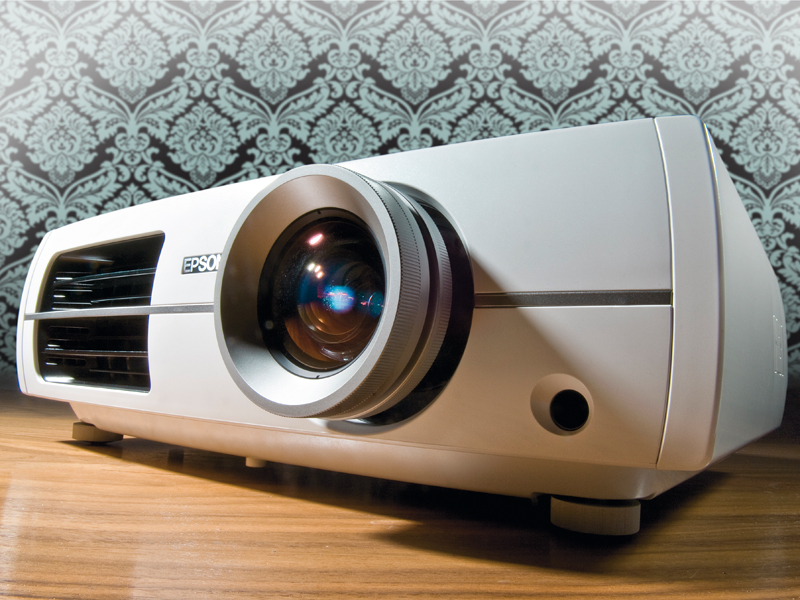TechRadar Verdict
This PJ may not be the best in class, but it offers good images and with strong, vibrant colours but it may take a while to get them right
Pros
- +
Colour fidelity
- +
Flexibility
- +
Crisp foreground detail
- +
Very quiet operating noise
Cons
- -
Careful setup required for best results
- -
Disappointing shadow detail
Why you can trust TechRadar
Epson knows a thing or two about projector technology. Late last year, it announced a 4,096 x 2,160-pixel LCD microdisplay for a new breed of super high-definition 4K2K PJs.
Until that nine megapixel future beckons, though, we'll have to make do with the Full HD displays that are delivered by the likes of its new flagship EH-TW5500 and, step-down EH-TW4400 model we are reviewing here.
At the core of the EH-TW4400 are three of Epson's C2Fine LCD panels – one each for the red, green and blue contributions to the picture. You also get the latest incarnation of Epson's proprietary 'Cinema Filter' technology, which filters the light of the colour passed or blocked by each of the three panels, so that stray wavelengths are kept at bay.
Between all this clever visual technology and your screen lies a Fujinon 2.1x zoom-lens with a living-room-friendly throw-ratio. Thumbwheels into the top of the PJ facilitate lens-shift in both vertical and horizontal axes, although I found these a little rough and imprecise.
Zoom and focus are also manual adjustments – there's no remote controlled motorised luxury here. That's not to say adjustments are limited; the 4400's neat menus provide plenty of these, including colour temperature, gamma curves and the speed of the auto-iris system. You don't get the ISF calibration options of the TW5500.
Performance
Using the default 'theatre' setting, the picture was initially something of a disappointment. Yes, complex material like crowd scenes served up a feast of true-to-life colour, with judder-free movement and engrossing foreground detail all the way from the centre of the screen to its edges.
However, I couldn't help noticing that at extremes of content brightness, whites were clearly crushed – any picture information in these areas was thus obliterated. That said, choosing the low-power mode tamed the plentiful brightness the optical engine can project – and in doing so improved darker content.
Calibration transformed the performance aspects that were found lacking; in particular the dynamic range now comfortably accommodated a variety of sources without struggling at the extremes. Black level was a definite beneficiary here – my recommendation is to combine calibration with the low-power mode and a grey screen (ie gain of less than 1) in home cinema rooms, especially for modest picture sizes measuring less than 10 feet diagonally.
You'll also get a dramatic reduction in fan noise, too. However, even after calibration, I was still disappointed by shadow detailing.

Conclusion
It's clear to see that the TW4400 is a well-designed LCD PJ built around the needs of home cinema enthusiasts. Features and connectivity can't be faulted, and a few years ago images of this colour fidelity would have been exclusive to expensive three-chip DLP projectors.
It's up against stiff competition at this price point, though, and may struggle to stand out from the crowd.
Follow TechRadar Reviews on Twitter: http://twitter.com/techradarreview
